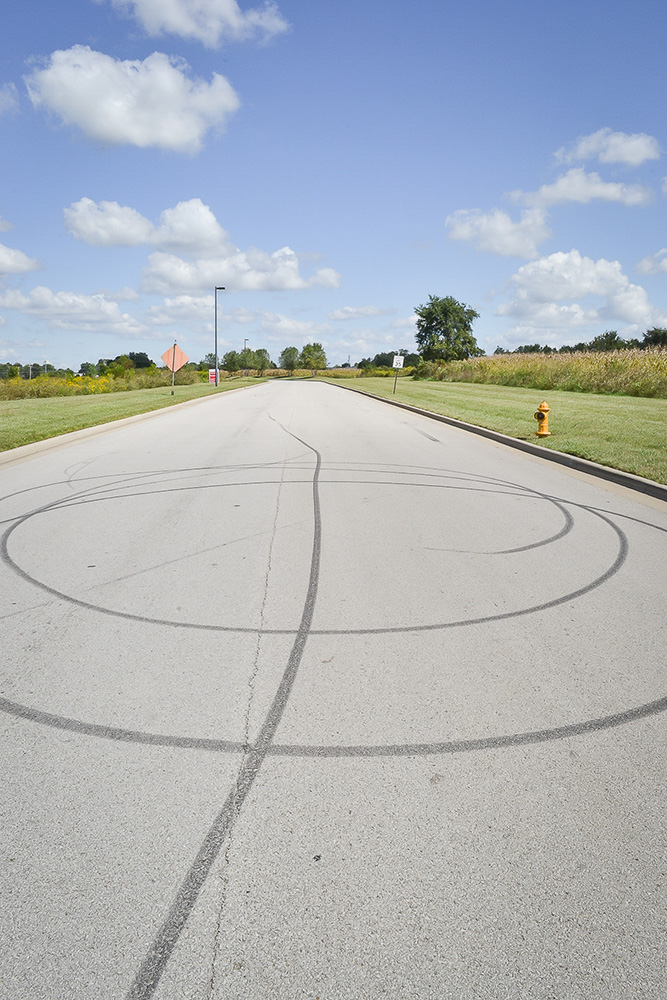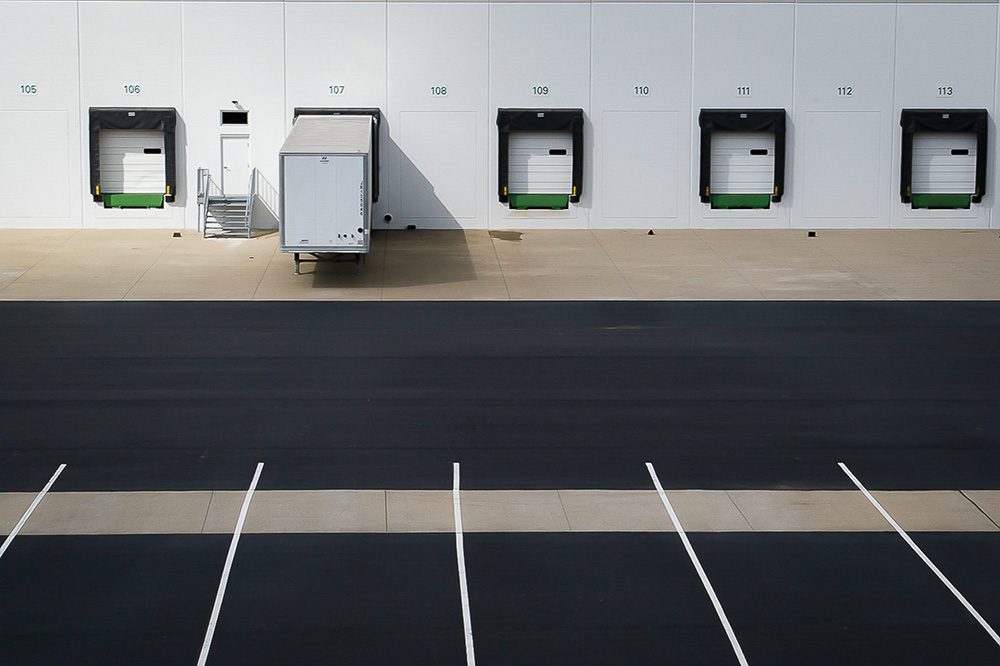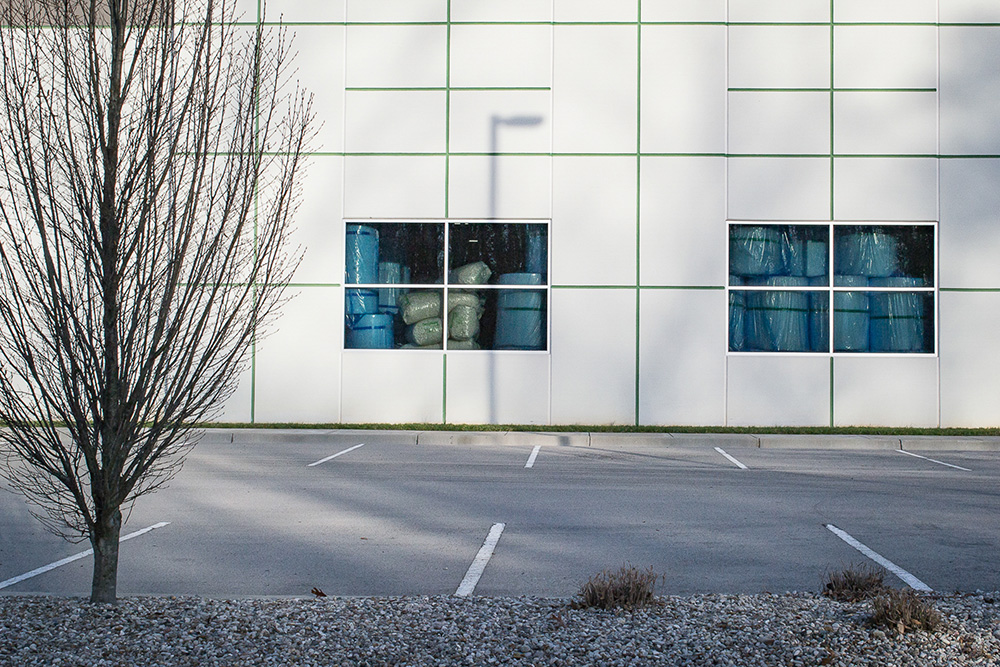














Digital Images
Global e-commerce companies eloquently tout their impressive efforts to minimize their impact on the planet from reducing carbon emissions, to diverting waste from landfills to sharing sustainability data. In doing so, they often describe how their ability to innovate and contribute at scale encourages others to do the same. Yet, the proliferation of fulfillment centers, distribution warehouses and cargo hubs is forever altering land and communities largely because of scale.
Growing up in the 60s regularly making the trip south out of Louisville along the newly minted Kentucky Turnpike to visit my grandmother at her farm, I watched and wondered about the marching conversion of farms to subdivisions, shopping centers and manufacturing facilities. I began to consider questions of land use and the value system we use to decide how we interact with the land. As an adult, this questioning only intensified with the development of the UPS Worldport on the southern outskirts of Louisville placing my family's land twenty miles south of it.
The farm and surrounding landscape of fields, forests, creeks and knobs now hosts fulfillment and distribution centers with their new jobs and ancillary economic activity. What does this mean for the land and community? What happens to the planet when land is valued for its ability to provide efficient delivery of consumer goods?